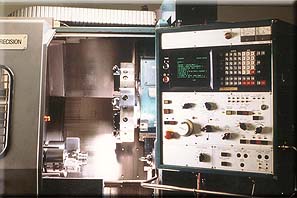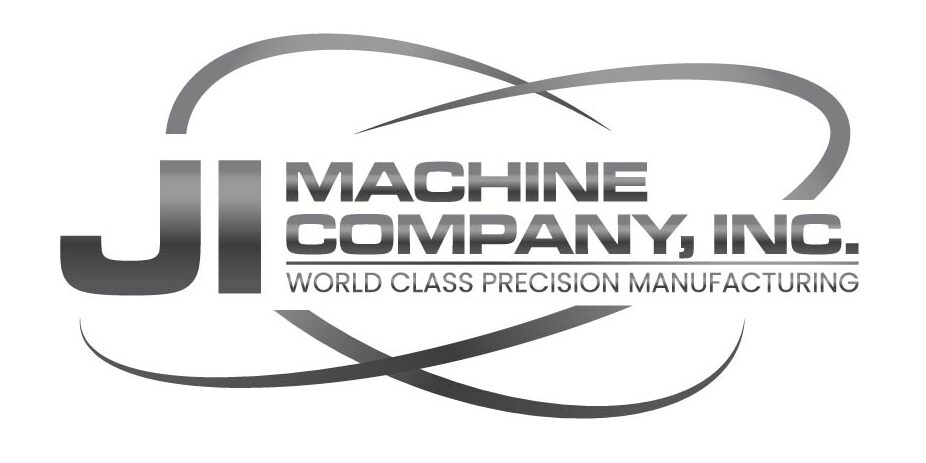J.I. Machine works from the Development to Prototype

Product development is the process of building a new product, from ideation all the way through launch.
Product development begins with those initial brainstorming sessions, when you’re just discussing a budding idea. From there, the process is creative but strategic, and you may have seen it done in a million different ways. But without clear organization, it can be hard to mesh creativity and strategy effectively. Which is where the product development process comes in—a six step framework to help you standardize and define your work.
During the prototyping stage, your team will intensively research and document the product by creating a more detailed business plan and constructing the product.
These early-stage prototypes might be as simple as a drawing or a more complex computer render of the initial design. These prototypes help you identify areas of risk before you create the product.
During the prototyping phase, you will work on specifics like:
- Feasibility analysis: The next step in the process is to evaluate your product strategy based on feasibility. Determine if the workload and estimated timeline are possible to achieve. If not, adjust your dates accordingly and request help from additional stakeholders.
- Market risk research: It’s important to analyze any potential risks associated with the production of your product before it’s physically created. This will prevent the product launch from being derailed later on. It will also ensure you communicate risks to the team by documenting them in a risk register.
- Development strategy: Next, you can begin working through your development plan. In other words, know how you’ll be assigning tasks and the timeline of these tasks. One way you can plan tasks and estimate timeline is by using the critical path method.
- MVP: The final outcome of the prototyping stage is a minimum viable product. Think of your MVP as a product that has the features necessary to go to launch with and nothing above what’s necessary for it to function. For example, an MVP bike would include a frame, wheels, and a seat, but wouldn’t contain a basket or bell. Creating an MVP can help your team execute the product launch quicker than building all the desired features, which can drag launch timelines out. Desired features can be added down the road when bandwidth is available.
Contact us for more information about development and prototyping.
